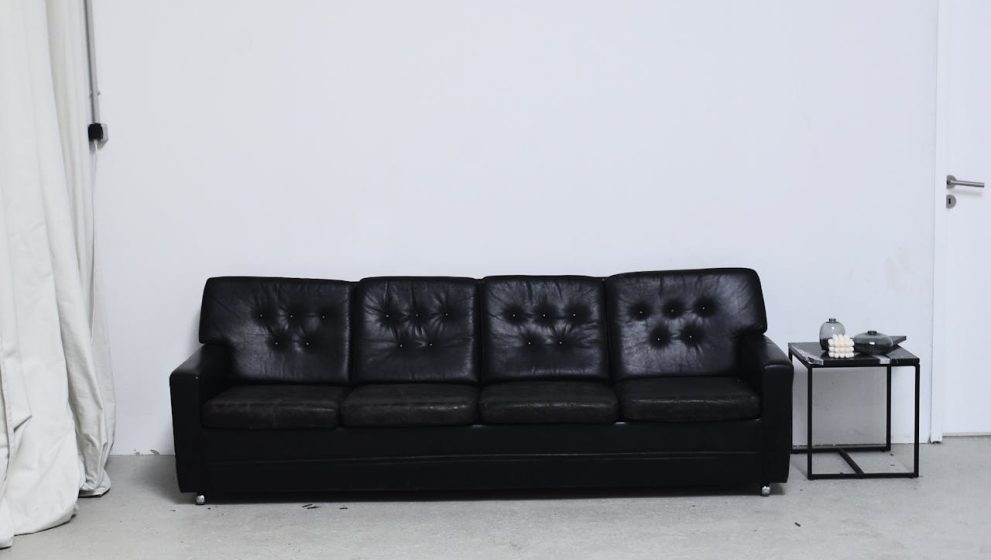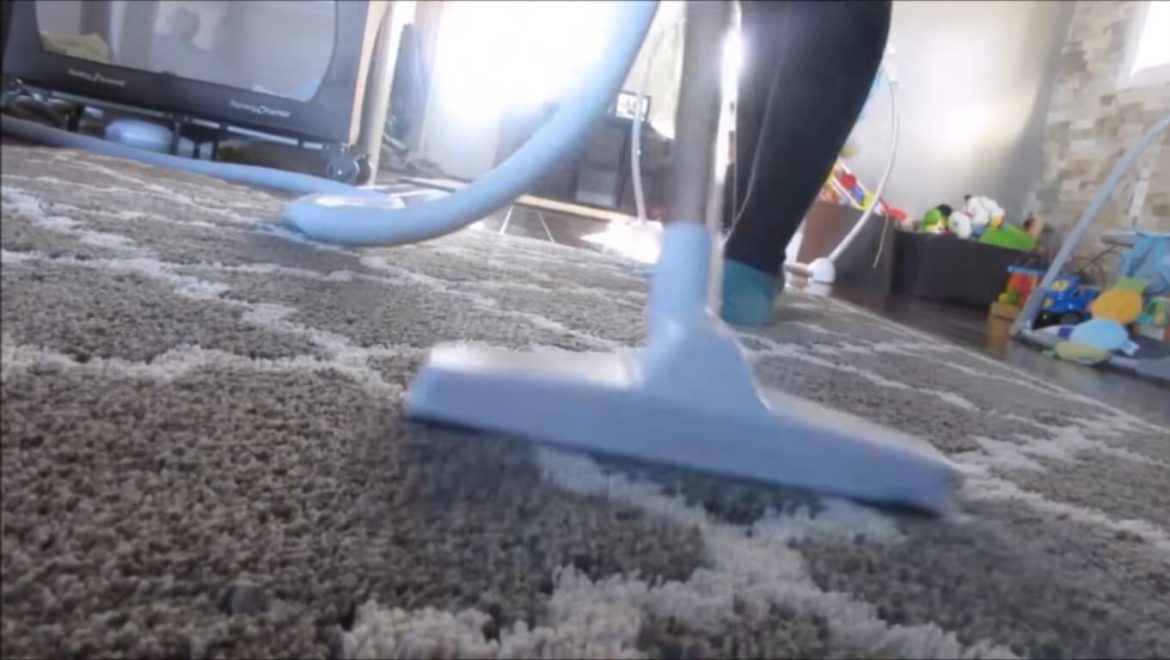Your Comprehensive Guide To Leather Furniture Cleaning

Leather furniture exudes elegance and sophistication, adding a touch of luxury to any home. However, proper cleaning and maintenance are essential to maintain its pristine condition and ensure it lasts for years to come. As a seasoned furniture cleaner based in London, I’ve encountered various challenges when caring for leather furniture. In this comprehensive guide, I’ll share my expert advice on how to clean leather furniture effectively, remove stains, prevent cracking and shrinking, preserve colours, and handle the unique challenges posed by pets.
Understanding Leather
Before we discuss the cleaning process in more detail, it’s crucial to understand the nature of leather. Leather is a natural material crafted from the hides of animals, typically cattle, goats, sheep, and pigs. Each type of leather undergoes different treatments and finishing processes, resulting in distinct characteristics and levels of durability.
- Aniline Leather: Known for its luxurious feel and natural appearance, it is the most delicate and high-end type of leather. It’s dyed exclusively with soluble dyes without additional pigments or protective coatings, allowing the natural grain and markings to shine through. While aniline leather offers unparalleled softness and beauty, it’s also susceptible to stains, fading, and wear. Therefore, it requires gentle care and regular maintenance to preserve its pristine condition.
- Semi-Aniline Leather: Semi-aniline leather balances the natural look of aniline leather and the durability of pigmented leather. It’s treated with a light protective coating or pigment layer that provides some resistance to stains and fading while retaining the softness and natural characteristics of the leather. Semi-aniline leather is more forgiving than aniline leather and can withstand moderate use, making it a popular choice for furniture upholstery.
- Pigmented Leather: Also known as corrected-grain leather, pigmented leather is the most durable and low-maintenance type. It’s coated with a layer of pigments and protective finishes that enhance its resistance to stains, scratches, and fading. Pigmented leather is less breathable and natural-looking than aniline and semi-aniline leather, but it offers superior durability and ease of maintenance. It’s an excellent option for high-traffic areas and households with children and pets.
Understanding the type of leather used in your furniture is essential for determining the appropriate cleaning and maintenance techniques. Aniline leather requires gentle care and protection against stains and fading, while pigmented leather is more forgiving and resistant to wear. By identifying the type of leather and its unique characteristics, you can ensure that your furniture receives the proper care and attention it deserves, prolonging its lifespan and beauty for years to come.

General Cleaning Tips
Regular maintenance is critical to preserving the beauty of your leather furniture. Here are some general cleaning tips to keep in mind:
- Dust Regularly: Use a soft, dry cloth or vacuum with a brush attachment to remove dust and debris from the surface of the leather.
- Spot Test: Before applying any cleaning solution, always test it on a small, inconspicuous area of the furniture to ensure compatibility and prevent damage.
- Use Gentle Products: Opt for mild, pH-balanced leather cleaners specifically formulated for your type of leather. Avoid harsh chemicals, alcohol-based cleaners, or ammonia, as they can strip the natural oils and damage the leather.
- Avoid Water: While it may be tempting to use water for cleaning, excessive moisture can cause the leather to warp, crack, or develop water stains. Instead, use minimal water and dampen a cloth slightly for spot cleaning.
Removing Stains
Stains are inevitable, but they don’t have to be permanent. Here’s how to tackle common stains on leather furniture:
- Ink Stains: Dab a small amount of rubbing alcohol or non-acetone nail polish remover onto a clean cloth and gently blot the stain until it lifts. Avoid rubbing, as it can spread the ink further.
- Oil and Grease Stains: Sprinkle cornstarch or talcum powder over the stain and let it sit for several hours to absorb the oil. Then, gently brush off the powder with a soft brush or cloth.
- Food and Drink Stains: Blot the stain immediately with a clean, dry cloth to absorb excess liquid. Then, use a mild leather cleaner to gently remove the remaining stain, following the manufacturer’s instructions.
- Mould and Mildew: Mix equal parts of water and white vinegar in a spray bottle and lightly mist the affected area. Wipe away the mould with a clean, damp cloth and allow the leather to air dry thoroughly.
Preventing Cracking and Shrinking
Leather can dry out and crack if not properly moisturised and conditioned. Follow these tips to prevent damage and maintain the suppleness of your leather furniture:
- Condition Regularly: Apply a high-quality leather conditioner every 6-12 months to replenish moisture and keep the leather soft and supple. Massage the conditioner into the leather in a circular motion and wipe away any excess with a clean cloth.
- Avoid Direct Sunlight: Prolonged exposure to sunlight can cause the leather to fade, dry out, and crack. Position your furniture away from direct sunlight or use blinds, curtains, or UV-protective window film to shield it from harmful rays.
- Maintain Humidity: Leather thrives in a moderate humidity environment. Use a humidifier during dry winter months to prevent the leather from drying out and cracking.
Preserving Colours
To keep your leather furniture looking vibrant and lustrous, follow these tips to preserve its colour:
- Use Leather Protectant: Apply a leather protectant with UV inhibitors to shield the leather from fading and discolouration caused by sunlight exposure.
- Clean Spills Promptly: Clean up spills and stains promptly to prevent them from penetrating the leather and causing permanent discolouration.
- Rotate Cushions: If your leather furniture has removable cushions, rotate them regularly to ensure even exposure to light and prevent uneven fading.
Dealing with Pets
Pets can be a joy, but they can also challenge leather furniture. Here’s how to minimise damage caused by cats and dogs:
- Cover Furniture: Consider using washable, pet-friendly covers or throws to protect your leather furniture from scratches, stains, and pet hair.
- Trim Nails: Keep your pet’s nails trimmed to reduce the risk of scratching the leather surface. Provide scratching posts or pads as an alternative outlet for their scratching behaviour.
- Clean Regularly: Vacuum your leather furniture frequently to remove pet hair and dander. Use a lint roller or damp cloth to remove stubborn pet hair from crevices and seams.
Conclusion
Proper care and maintenance allow your leather furniture to remain a timeless and elegant addition to your home. Following the tips outlined in this comprehensive guide, you can keep your leather furniture looking as good as new for years. Remember to choose suitable cleaning products, address stains promptly, prevent cracking and fading, and take proactive measures to protect your furniture from pets. With a little effort and regular upkeep, your leather furniture will continue to showcase its beauty and durability for generations to come.
